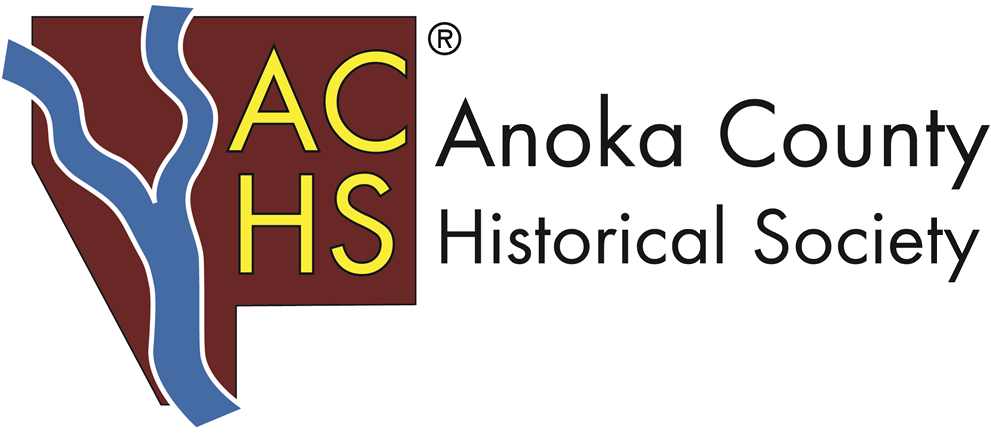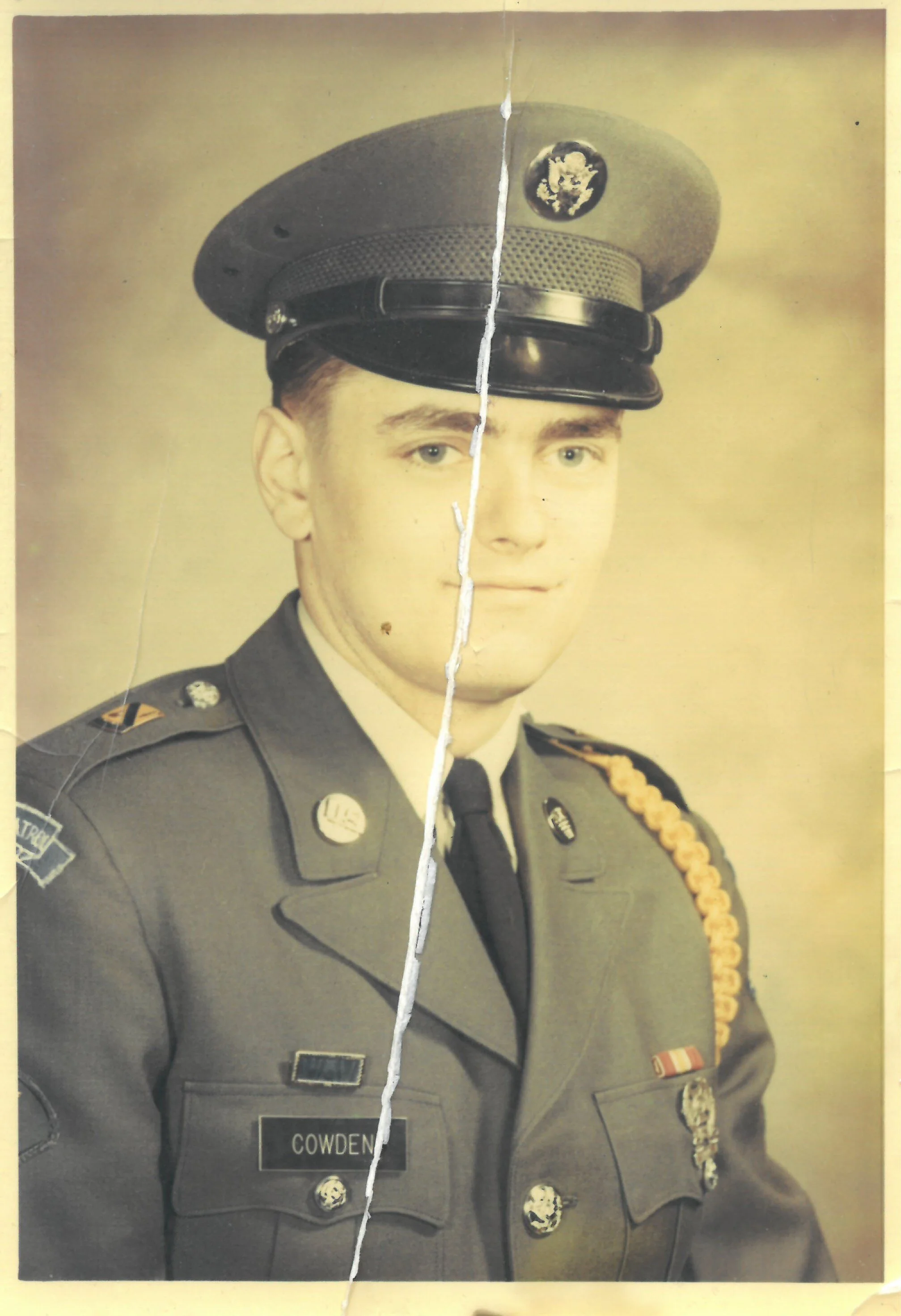I landed at MSP’s Terminal 2 at 8:30 p.m. on Wednesday, March 11. I had been keeping up with the news while out of town, reading articles and emails when I could get Wi-Fi. One stood out to me: “I’m scared. What are we going to do about COVID-19?”
Nothing has been the same for the last six weeks.
Read MoreSince the History Center remains physically closed to the curious, the Anoka County Historical Society continues to brainstorm ways of bringing the information out and about. To that end, we relocated the microfilm machine to the home of a staff member, who has spent time rolling through the reels to find some great content. Search #microfilmMadness on the internet to discover the video series.
Read MoreAs we entered the second installment of quarantine thanks to the COVID-19 virus, the Anoka County Historical Society also tackled the second half of the alphabet in our #MNMuseumAlphabet challenge. Joining other historical societies across the state, ACHS has posted daily, in alphabetical order, an item from our collection.
Read MoreAmerican culture loves its fast cars, its freedom and its food. Unfortunately, the COVID-19 quarantine has taken a swipe at all three lifestyle pinnacles. But, as tradition would have it, the Anoka County community has fought back with resilience and innovation.
Read MoreThey called it the Republic School – School District #59 in Columbus. Photographs of it in the ACHS collections indicate this school had two different buildings over the course of its history.
Read MoreCatherine Grimshaw began the quilt in the 1840s as a young Pennsylvanian woman we can infer had considerable talent in handiwork. The type of star pattern she created dates the item to about 1830 and may also be known as the rising sun, lone star (for the new lands called Texas), starburst and sunburst.
Read MoreHistory happens today. And yesterday. And tomorrow. Fortunately, in this day and age of technology, the constantly changing situation relating to the COVID-19 epidemic is probably the most thoroughly documented medical event in history. The Anoka County Historical Society recognizes the importance of using our resources now to gather and curate the perspectives and opinions of our community for future reference.
Read MoreAs the world continues to distance itself physically, we have come to rely on technology to provide a sense of community. From church services to happy hours, play dates to work meetings, Anoka County residents continue to find ways to function together. The museum world has responded to the COVID-19 pandemic in part by creating hashtags on social media that each of us can use to showcase portions of our collections daily.
Read MoreThe present is the past of the future.
Right now, these simple words carry the weight of a global experience each of us views differently.
Documenting this situation as we live it presents an extremely rare opportunity to make use of social media and technology, as well as traditional writing and photography, to create a body of work future historians can use.
Read MoreSara is taking time to explore the depths of ACHS's microfilm collection. First up is what the heck are Estray Records?
Read MoreMore microfilm finds! In the county's Farm Name Register we make a surprising find ... the North Pole!
Read MoreThe latest microfilm find - incorporation record for the Protection Hook & Ladder Company Number 1 of Anoka!
Read MoreThe newly married Flora (Southard) Aldrich (1859-1921) arrived in Anoka in 1884 as the 21-year-old bride of 28-year-old Dr. Alanson Aldrich, seemingly to all the world an educated woman from a privileged and proper East Coast family. It didn’t take long for the community to understand Flora’s ambitions for herself outside the traditional role of women at the time — working alongside her husband in his medical practice, as his equal in a partnership of service to the community. Alanson not only allowed it, but encouraged her to achieve a medical education at the University of Minnesota, where she graduated in 1887.
Read MoreWith Women’s History Month upon us already, the Anoka County Historical Society would like to acknowledge several Anoka County women who have made an impact on our local history. Margaret Langfeld and Natalie Haas Steffen hold the honor of being the first two women elected to the county Board of Commissioners, 125 years after the county was established.
Read MoreSt. Patrick’s Day is typically commemorated with parades, green beer and donning green attire. The jovial holiday finds its roots in both true stories and some interesting tales about St. Patrick, the patron saint of Ireland.
Read MoreSpecialist Leslie Lawrence Cowden was born on in 1946 in Cedar, the second oldest of five children who attended St. Francis High School. At age 18, Cowden joined the Army and went to Germany. After hearing about the desperate need for medics in Vietnam, he volunteered to serve
Read MoreValentine’s Day is the officially established day when many people send valentine’s cards and chocolates to their significant other. Depending on the sources, there are various ideas of the origins of this holiday.
Read MoreSchool consolidation always seems contentious. Different entities feel they are the losers having to give up their identity to another’s greater emergence. One hundred years ago this scenario occupied the attention of the Coon Rapids area.
Read More
The idea of containing larger-than-life items in a bottle for the fun of making people ask “how?!” stems back centuries and even has a name—the Impossible Bottle. Ships remain the most popular item to stow in a too-small vessel, the first of which dates back to 1784 and lives in a German museum. Since then, however, people have spent their time puzzling over how to slide decks of cards, tennis balls, and even padlocks through the narrow bottle neck to create a talking point.
Read More
















